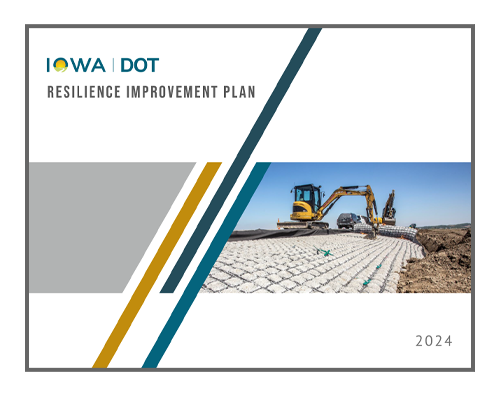The Bipartisan Infrastructure Law (BIL) established the Promoting Resilient Operations for Transformative, Efficient, and Cost-Saving Transportation (PROTECT) Program with the purpose of supporting projects that improve the resiliency of the surface transportation system to natural hazards. As part of the PROTECT Program, States may opt to develop a Resilience Improvement Plan (RIP) as a risk-based assessment of their vulnerable transportation assets. An approved RIP can reduce non-federal match by up to 10 percent for both PROTECT formula and Discretionary Grant Projects.
To receive the reduction in non-federal match, a State must meet two requirements. A reduction of seven percentage points is awarded if the state has developed a RIP and prioritized the project in the RIP (23 U.S.C. 176 (e)(1)(B)(i)), and an additional three percentage points if a State RIP is developed in accordance with Section 176(e) and incorporated (directly or by reference) into the long-range statewide transportation plan under 23 U.S.C. 135, as applicable (23 U.S.C. 176 (e)(1)(B)(ii)).
The Iowa DOT has focused on bolstering resiliency efforts over the past few decades to ensure the system is safe and reliable for users. Over the course of a year, the Iowa DOT Resiliency Working Group (RWG) engaged with external partners to support the development and review of the Iowa RIP. The RWG used this opportunity to build on existing resiliency efforts by documenting natural hazards impacting the state transportation system (Chapter 3) and developing Iowa’s Resiliency Toolbox (Chapter 4), a multifaceted approach of strategies, countermeasures, research ideas, and prioritized projects for mitigating current and future hazards. The Iowa RIP is also incorporated into the state long-range transportation plan, Iowa In Motion 2050.
